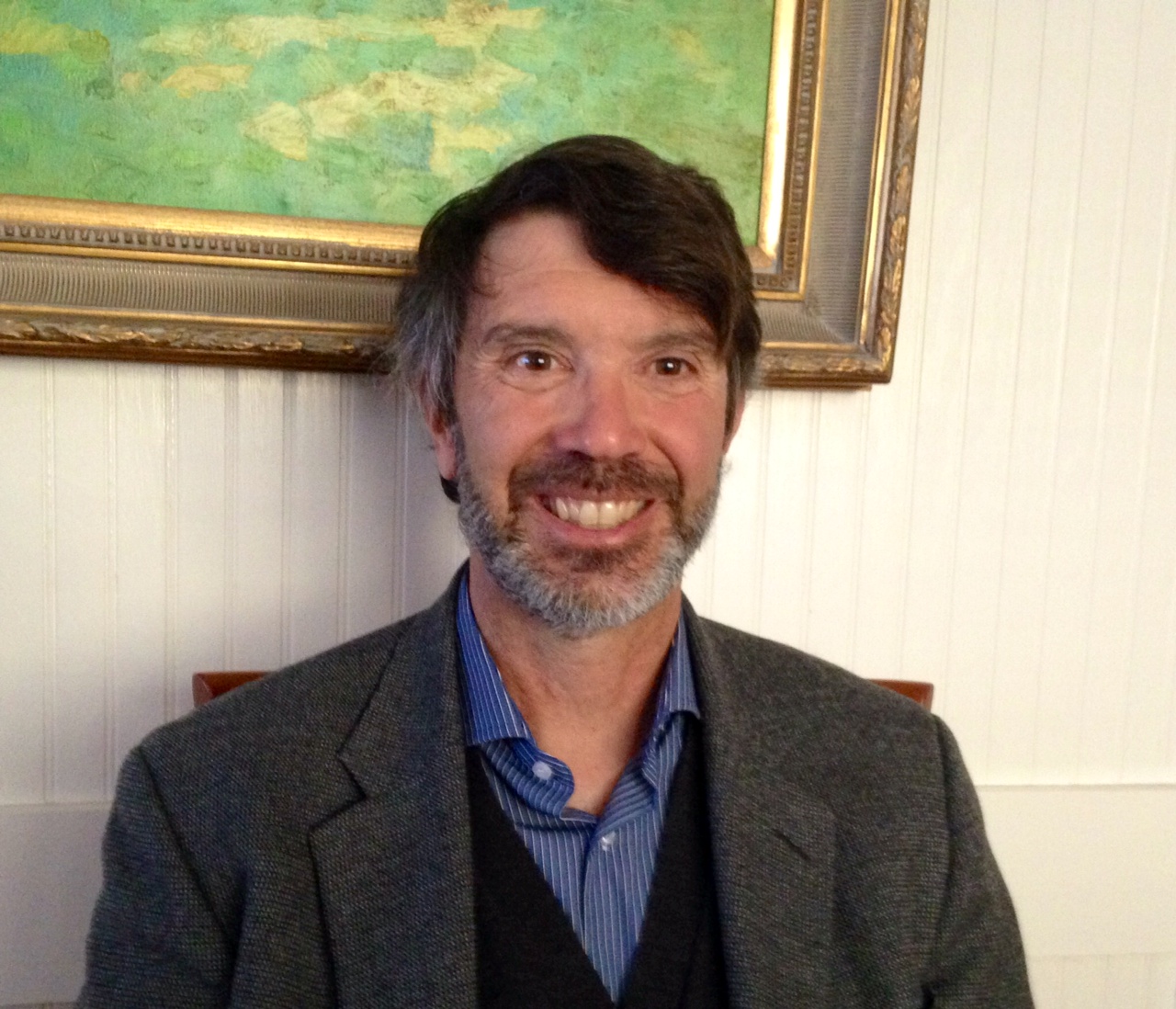
It's been more than 30 years since Dennis Baldocchi was a student at UNL, but that doesn't mean the lessons he learned at the university have been forgotten. In fact, they continue to influence his life and profession to this day.
"I teach courses on the biosphere, ecosystem ecology, biometeorology and advanced topics on biometeorology," said Baldocchi, professor of biometeorology at the University of California, Berkeley. "My teaching reflects many of the lessons I learned as a student at UNL."
The son of a farmer who drove tractors through walnut orchards, Baldocchi was exposed to nature from an early age. This exposure led to his studying of atmospheric science as an undergrad at UC Davis.
"There I became curious about agricultural meteorology and interactions between plants, weather and climate," he said.
After receiving "Vegetation and the Atmosphere" by John Montieth for a graduation present, Baldocchi's postgraduate path was decided.
"That sealed the deal," he said. "This was the topic I was going to study in grad school."
In 1979, Baldocchi earned his graduate degree in agricultural engineering, followed by his doctoral degree in bio-environmental engineering in 1982.
Three of Baldocchi's advisers and dissertation readers went on to receive the American Meteorological Society's award for outstanding achievement in biometeorology: Norm Rosenberg, emeritus professor of meteorology; Shashi Verma, emeritus professor of natural resources; and John Norman. The fourth reader, Bill Splinter, was a member of the National Academy of Engineering.
"I was lucky to be at UNL when the program on agricultural meteorology and climatology was at its zenith – (it was) maybe one of the best in the world at that time," he said. "One could not ask for a better Ph.D. adviser than Shashi Verma. He was ahead of his time as a micrometeorologist – his class on atmospheric turbulence was fantastic and I still draw on my notes in teaching my own graduate courses."
When he wasn't hitting the books, Baldocchi could be found in the field – the soccer field, that is.
"I loved playing soccer, so I started an intramural soccer team," he said. "Our team included many students from Iran and Nigeria, so it had an international flair, too. It also showed me I could balance life, fun and science."
Baldocchi also discovered a love for jazz while in Lincoln.
"I became a disc jockey at the public access radio station, KZUM, with a show called 'Free as the Wind,'" he said.
After UNL, Baldocchi worked as a postdoc at the National Oceanic and Atmospheric Administration (NOAA) Atmospheric Turbulence and Diffusion Lab in Oak Ridge, Tenn.
While there, Baldocchi was charged with studying radiative transfer models, which predicted the light environment through forest canopies.
"Ironically, this project involved using the CUPID model of John Norman, the third professor on my Ph.D. committee," Baldocchi said. "So this project gave me the opportunity to round out my skills, which included experimental measurements and biophysical modeling – all from lessons from my UNL professors."
In the late '90s, Baldocchi and his colleagues were making long-term flux measurements, which inspired him to start the global FLUXNET project with Riccardo Valentini in Italy.
FLUXNET is "a network of regional networks" that coordinates regional and global analysis of observations from micrometeorological tower sites. The flux tower sites use eddy covariance methods to measure the exchanges of carbon dioxide, water vapor and energy between terrestrial ecosystems and the atmosphere.
"Today, this network has grown to several hundred sites worldwide," Baldocchi said. "Again, (it is) an effort that could not have been started without my training in Lincoln."
Since arriving at UC Berkeley in 1999, Baldocchi has showed no signs of slowing down. In addition to his teaching work, Baldocchi coordinates the FLUXNET project and serves as co-investigator of the American network Ameriflux. He is also the editor-in-chief of the Journal of Geophysical Research: Biogeosciences.
"I have a thriving lab that is focusing on studying trace gas exchange of oak savanna ecosystems and greenhouse gas exchange of wetlands – the methane fluxes I measure were also inspired by the pioneering work of (Shashi) Verma," Baldocchi said. "(I want to) keep moving forward, keep learning new skills and not look back. Colleagues are less interested in what you have done as what you are doing and will do."
— Mekita Rivas, Natural Resources